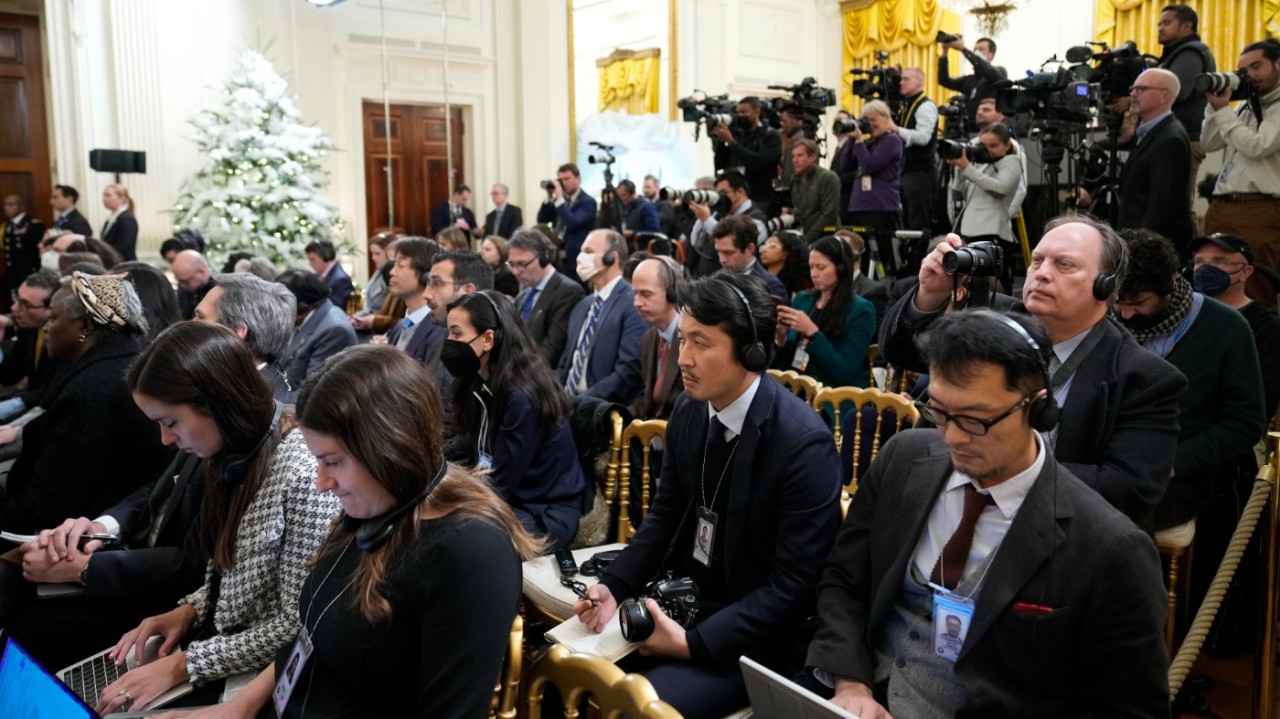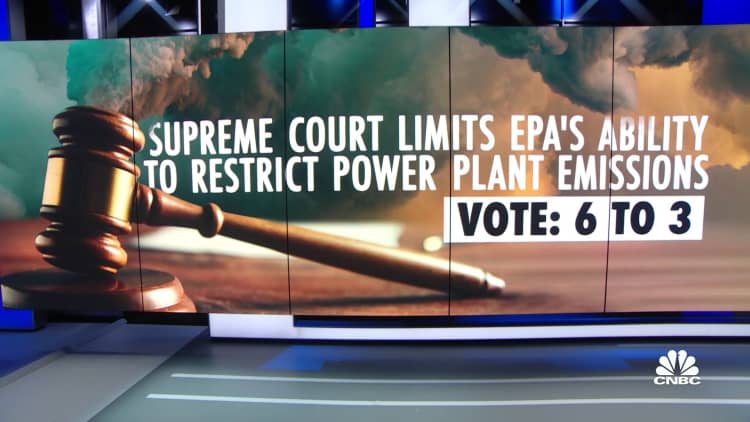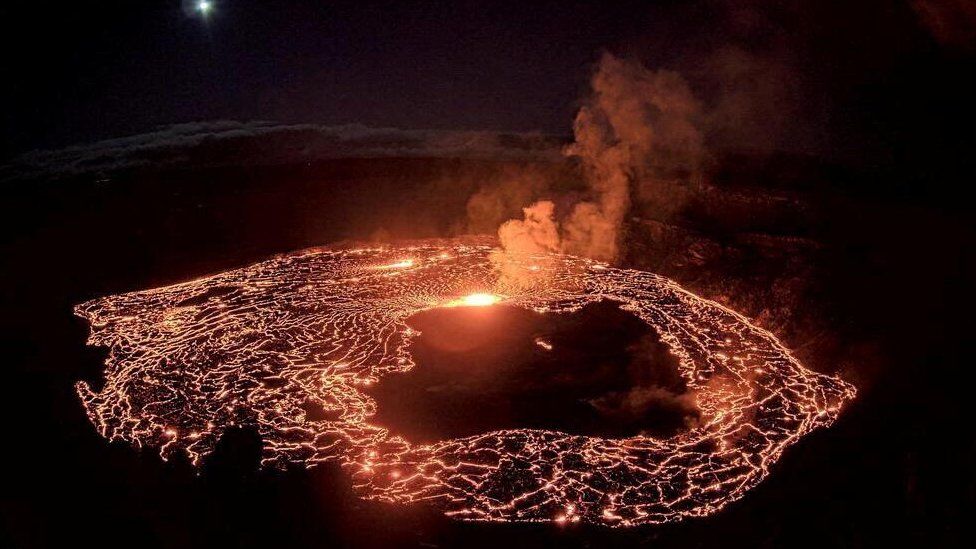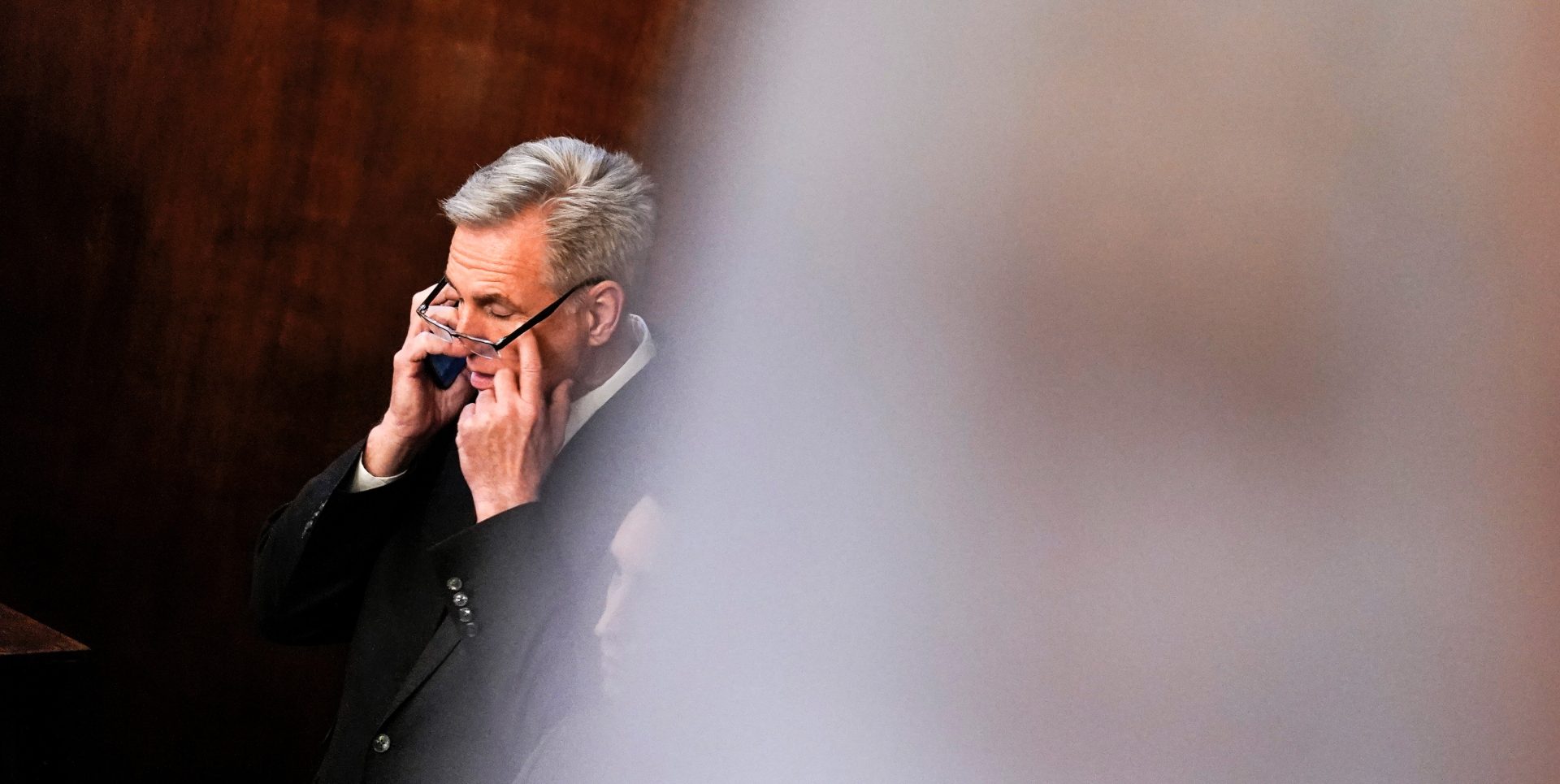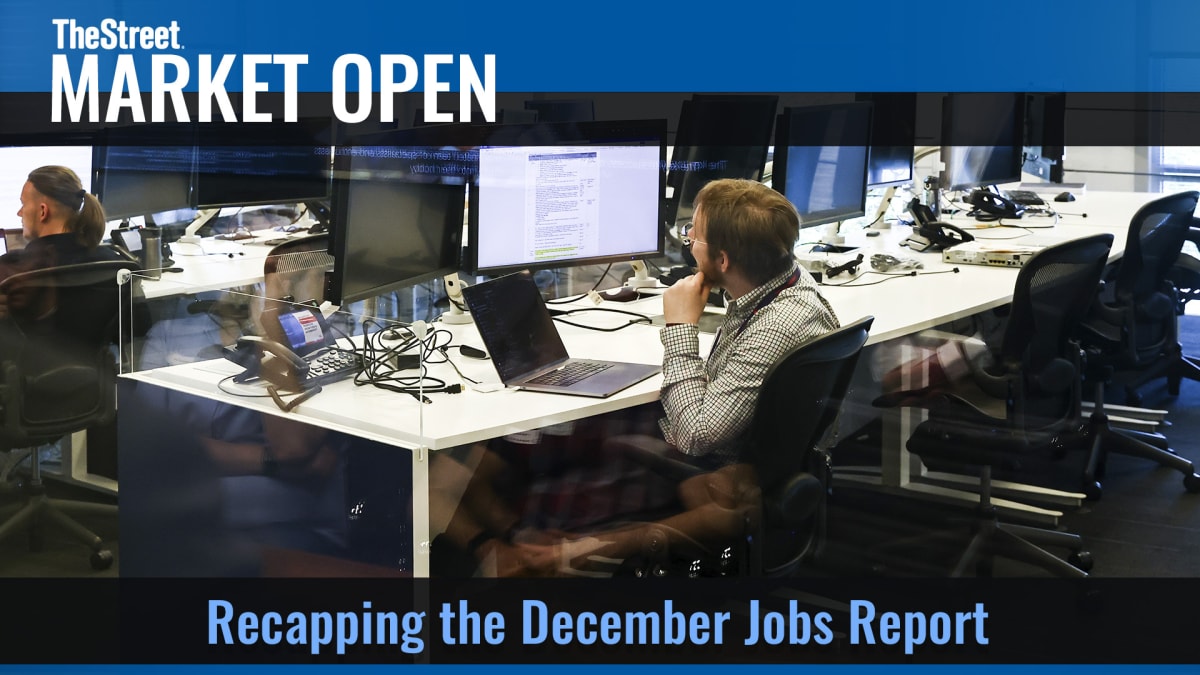The Intercept
Rep. Kevin McCarthy, R-Calif., talks on the phone ahead of the ninth round of voting for speaker, as the House of Representatives meets for the third day to elect a speaker and convene the 118th Congress in Washington, D.C., on Jan. 5, 2023.
Photo: Andrew Harnik/AP
Reps. Andy Biggs and Scott Perry, two Republican House members leading the effort to block Rep. Kevin McCarthy’s bid to become speaker, were among four GOP members of Congress referred to the House Ethics Committee for their roles in Donald Trump’s efforts to overturn the 2020 election.
Rep. Jim Jordan, who Republican holdouts briefly tried to install as an alternative speaker this week, was also referred by the House January 6 Committee; so was McCarthy himself.
The intraparty battle for control of the House of Representatives is not a fight between pro-Trump and anti-Trump camps. There are no real anti-Trump moderates left in the Republican House caucus. This is not a matter of competing political ideologies.
The speaker’s battle would make a perfect “Seinfeld” episode: It is a fight about nothing.
And that’s what makes it so dangerous.
Neither the pro-McCarthy camp nor the anti-McCarthy insurgents have any real policy goals for how to make the government more effective. The goal of the insurgents is to stop the government from working at all. Yet that is true of McCarthy and his supporters as well.
The only thing they are really fighting over is personal political power. Nothing more. And that makes it very difficult for McCarthy to appease the Republicans who oppose him.
It is fitting that the battle for control of the House comes exactly two years after the January 6, 2021, insurrection. The speakership fight is a continuation of that struggle for personal power. This is an insurrection by other means.
Even if the speakership is decided in the coming days, this battle shows just how paralyzed Congress will be over the next two years.
This is the paralysis that the Biden administration and the Democrats in Congress tried to prepare for in December, when the frenetic activity in the House gave off an apocalyptic vibe. Every move was hurried, with an eye on the clock and the knowledge that darkness was looming.
During the lame-duck session, the House Ways and Means Committee released a report about Trump’s long-hidden tax returns; the House January 6 Committee held its final hearing and voted to issue criminal referrals of Trump and others to the Justice Department; Ukrainian President Volodymyr Zelenskyy addressed a joint session of Congress; and heavily bundled legislation that included continued funding for U.S. aid to Ukraine and new legal protections for the election of American presidents worked its way across Capitol Hill and was signed into law by Biden.
None of those things could wait any longer. The insurgents were about to take over the House.
In November, Republicans suffered some of the worst midterm results for an opposition party in modern American history, thanks to their turn toward right-wing extremism. The Republican-dominated Supreme Court had overturned Roe v. Wade, and many Republican candidates in key races were election deniers hand-picked by Trump. The Republican Party lacked a coherent policy agenda other than “owning the libs.” Voters were turned off, and, despite high inflation and a worsening economy, Democrats won key races around the country, retaining control of the Senate while losing the House by the narrowest of margins.
Yet the great irony is that the very narrowness of the Republican margin of victory in the House is what is now giving outsized influence to the extremist forces that cost the GOP so dearly.
Rather than fight back, McCarthy gave in to extremism years ago, and became one of Trump’s most prominent enablers. His craven willingness to appease the ex-president and the insurgents in the House means that no one fears him. He is the Neville Chamberlain of the House, and even if he ultimately becomes speaker, he will not really be calling the shots. The insurgents will be in charge, and no one else in the Republican caucus is likely to challenge them.
With de facto control over the House, they will focus on the right-wing political equivalent of performance art: a national abortion ban that will go nowhere, investigating Hunter Biden’s laptop, and other “anti-woke” ways to own the libs. They will not focus on governing.
So if Trump’s taxes, hidden throughout his presidency, were ever going to see the light of day, it had to be before the new Congress convened. It took years for the Ways and Means Committee to get the returns, and then only after a lengthy court battle, which ended in November when the Supreme Court refused to block the documents’ release. Once the committee prevailed in court, it had to release Trump’s taxes and related information before House Republicans had the chance to suppress them.
The committee voted to release Trump’s taxes and also offered some bombshells, revealing that the Internal Revenue Service did not audit Trump during the first two years of his presidency — and didn’t begin to do so until the day in 2019 when the House asked for his tax returns and questioned whether any audits of Trump had been conducted. The IRS had failed to audit the sitting president’s taxes even though it was mandated to do so, and even though it audited the taxes of both presidents Barack Obama and Joe Biden. The committee also found that Trump paid no federal income tax in 2020, while he was president.
The House January 6 Committee also had to wrap up its business during the lame-duck session or see its work shut down after Republicans took over. In fact, rather than continue to investigate the insurrection, House Republicans are vowing to investigate the January 6 committee itself.
So after issuing criminal referrals for Trump and others, the January 6 committee released a final report and handed over all its evidence to the Justice Department and the special counsel investigating Trump’s efforts to overturn the election. Among the committee’s final disclosures was that its star witness, former Trump aide Cassidy Hutchinson, said that her former lawyer advised her not to tell the committee the whole truth.
The threats posed by House Republicans on so many fronts help explain why many Senate Republicans joined Democrats in December to pass a $1.7 trillion omnibus spending package. That legislation included aid for Ukraine, which many right-wing House Republicans want to block or at least scale back, and changes to the electoral reform act, which governs how presidential elections are finalized and includes changes designed to make it harder for Trump or someone like him to overturn future elections.
Senate Republicans voted for the legislation in the face of furious opposition from their pro-Trump counterparts in the House, perhaps a sign that at least some Senate Republicans no longer fear Trump and his minions.
In fact, Senate Minority Leader Mitch McConnell has become more openly anti-Trump since the midterms, when Trump-backed fringe candidates lost key contests and cost the GOP control of the Senate. While McCarthy was fighting for the speakership in the House this week, McConnell made a move heavy with symbolism: He appeared in Kentucky with Biden to showcase a major federal infrastructure investment in a bridge across the Ohio River.
The question now is whether Biden can count on a relatively sane Senate to check the worst impulses of the unstable House.
The post The GOP’s Kevin McCarthy Debacle Is an Insurrection by Other Means appeared first on The Intercept.
James Risen, National Security, Politics


